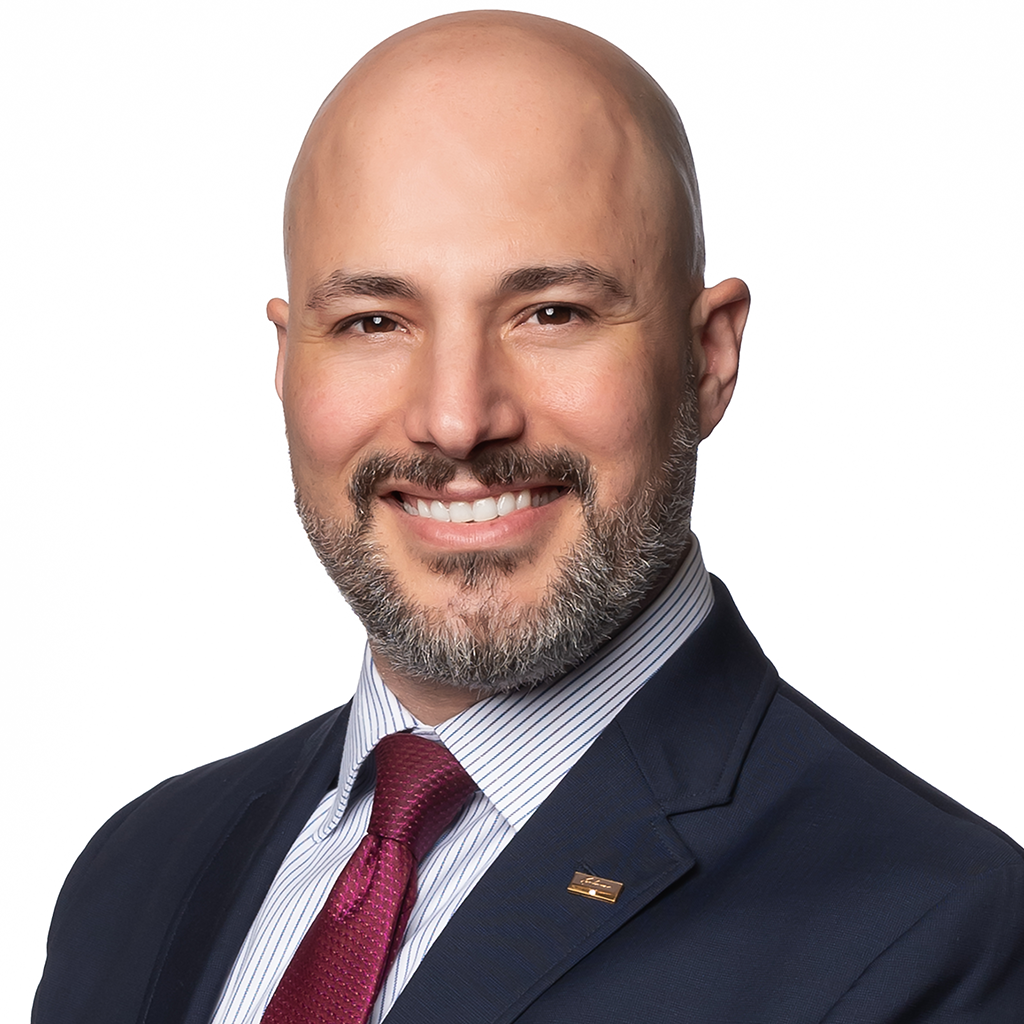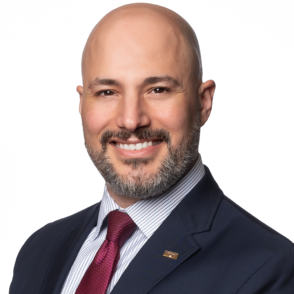A business is three times more likely to be sued by an employee than experience a fire. In fact, over the last 20 years, employee lawsuits have risen nearly 400 percent, with wrongful termination suits jumping up more than 260 percent.
Protecting your clients from wrongful acts arising from the employment process can be as simple as securing an Employment Practices Liability Insurance (EPLI) policy. These policies have the ability to protect against wrongful termination, discrimination, sexual harassment, retaliation and more. However, selecting the right policy requires a broker to learn his or her client’s business, their employment practices and beyond.
“Everything from current HR practices, to employee composition and beyond need to be evaluated to create a strong EPLI policy,” said Dario Nalli, Director, Executive Lines, Burns & Wilcox Professional and Executive Liability Center of Excellence. “There are some foundational questions that all brokers and agents must know the answers to in order to provide a comprehensive EPLI policy to their client.”
Brokers and agents need to invest time into learning about their client and having a holistic comprehension of the organization they are insuring. Larger organizations, those in high-risk sectors, or that have unionized employees will be at the greatest risks for a class action lawsuit. However, smaller businesses are not exempt from risk, especially if they have not invested in HR practices or an employee handbook. A complete, in-depth understanding of a client is the only way a broker can ensure there will be no gaps in EPLI coverage.

Everything from current HR practices, to employee composition and beyond need to be evaluated to create a strong EPLI policy.
Christopher Gonzales, National Product Leader, Professional Liability, Burns & Wilcox Canada, agrees, pointing out that “while specific information, such as local issues and politics need to be considered, the first step in addressing gaps in coverage begins with addressing fundamental questions.”
According to both Nalli and Gonzales, there are four overarching questions that brokers and agents must answer before developing a comprehensive EPLI policy:
1. What is the composition of the organization’s employees?
Full-time, part-time or seasonal, the answer to this question can make an impact on clients’ coverage. Brokers must also know if their client employs contractors, as they could be liable to a lawsuit from the third party.
Additionally, brokers and agents need to know if the employees belong to a union, as that puts them at greater risk for a class action lawsuit. Finally, brokers and agents need to find out what employees’ average salaries are. An organization with a high average salary will require a higher limit due to the risk associated with a lost lawsuit.
According to the Equal Employment Opportunity Commission (EEOC), most EPLI claims settle early, but the average cost to defend even nominal claims is $10,000. The costs increase for claims that go to court. On average, EPLI claims cost $70,000. Jury Verdict Research reports higher median settlement values of $90,000, and the numbers increase to over $300,000 for cases that reach a jury.
2. What industry is the client in?
According to Nalli and Gonzales, service sector, hospitality and health care employers tend to have higher EPLI risks due to higher client interaction resulting in third party claims.
3. What is the company’s past history and existing HR practices?
It is important for a broker to recognize if their client has had past lawsuits filed against them, and, if so, how many suits they have won and/or lost. Equally as important, brokers must know what an organization’s current policies are. “Do they have an employee handbook? Do they have current employee policies in place? How robust is the HR department? All these questions matter when determining risks for your client,” said Nalli.
“I would also encourage brokers to gauge the organization’s legal department,” said Gonzales. “If the company has a robust department with lawyers on staff it is considered favorable when developing an EPLI policy.”
Other indications of risk are employee turnover and an organization’s termination policy. Brokers need to be aware of exactly how their client manages terminations.
4. What is the company’s size?
Although larger organizations tend to be at higher risk than smaller, family owned businesses, over 41 percent of employee lawsuits are brought against private companies with less than 100 employees. Both Nalli and Gonzales agree, all businesses should consider an EPLI policy regardless of size. “We work closely with top insurance carriers to provide EPLI protection to any organization, whether they have two employees, or thousands,” said Nalli.
“Larger organizations face a higher risk of class action lawsuits because of the number of people they employee, but smaller businesses put themselves at risk with underdeveloped or no employee policies, which can be just as dangerous,” said Gonzales.






